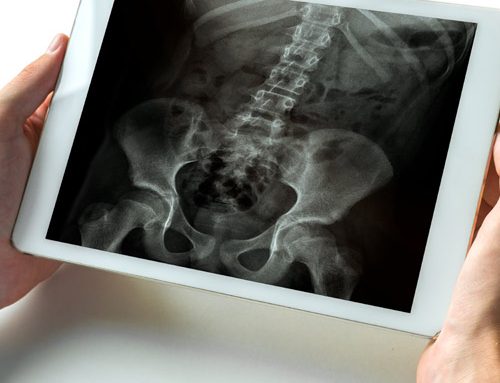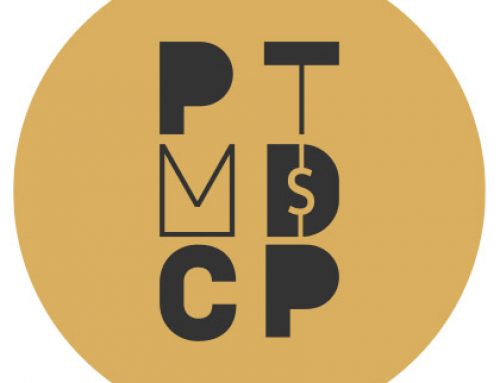![]()
Chiro patient testimonials and their benefits
What your patients say about you matters, and once it hits the internet, it’s written in stone. Roughly 91 percent of consumers read online reviews and testimonials, with 84 percent of people trusting that online feedback as much as a personal recommendation from a friend. The goal is to set the expectation for your chiropractic services before potential patients begin searching for online reviews.
Websites like Yelp, Google reviews, your practice Facebook page and website, and many others become resources for patients who are searching for the best chiropractor. You likely have countless patients who tell you each week how beneficial routine adjustments are for their health and mobility, so your goal is to harness that glowing review and shout it to the online world. It’s time to create a testimonial.
What is a Chiropractic Testimonial?
A testimonial is a formal statement from a past or current patient that speaks to their positive experience with your chiropractic treatments. Your patient’s statement speaks to your qualifications, experience, character, professionalism, and empathy.
To be effective in pulling in new patients, the testimonial needs to be more than, “Dr. Smith is a great chiropractor.” You want to use testimonials that speak to the value of your services – how your treatment has changed the patient’s life. Some chiro testimonials talk about:
- Being migraine-free after 10 years of ongoing pain
- The ability to play with children or grandchildren again
- Pain relief from athletic injury and ability to play on
- What it’s like to sleep better and have the energy to run a business
- The relief of gastrointestinal pain
A potential client may not pick up the phone for a “great doctor” review, but they certainly will if they hear how a decadelong challenge was resolved with your treatment.
Types of Testimonials
Patients often express their feedback in a variety of ways. To gain the most traction from a patient’s positive review, ask them to leave their testimonial on the platform on which you rely most. If you often push new clients to your website, be sure to have a section that highlights testimonials. Try one (or all) of these ways to promote the testimonials:
Patient Quote
Quote testimonials are often used in association with a photo of the patient and can be used on your website, drafted into a social media image, or used in other marketing materials. The quote will speak to the patient’s experience with your practice and create trust with new patients.
Video Testimonial
It’s estimated that the average person consumed 84 minutes of online video per day in 2020. Converting a patient testimonial into a video can be ultra-rewarding. In fact, 83 percent of video marketers say video helps them with lead generation.
Case Study
Nothing works better to convert a skeptic than measurable progress. Do you have a patient who was nearing the point of surgery due to pain or severe misalignment and since visiting your practice has returned to their normal lifestyle? These types of stories are highly relatable to potential patients who are seeking a holistic alternative to invasive solutions.
Social Media
Patients who leave their reviews on your social media channels are creating your brand story, so be sure you’re monitoring those feedback forums. More than half (54%) of consumers will use social media to research a brand’s services. One of the best ways to encourage positive testimonials on Facebook and beyond is to respond to your consumers. An estimated 71 percent of people will recommend a brand if they have a positive experience with the company on social media.
Voice of Influence
The last type of testimonial is the one you create for yourself. Look for ways to position yourself as an expert in the chiropractic industry. Engaging in interviews with media outlets, like this one I did with Forbes, adds tremendous credibility to your practice.
Need some help finding or managing patient feedback? Let’s connect in Mastermind.







































